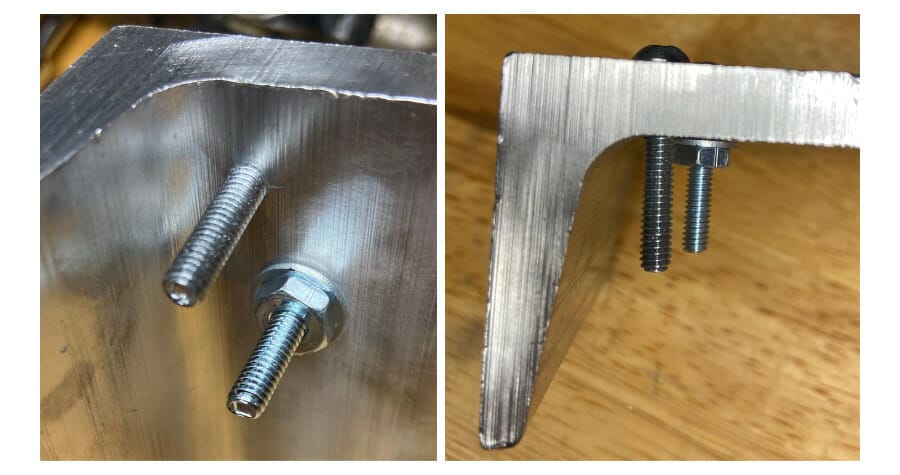Gears are fundamental components in mechanical systems, playing a crucial role in transmitting torque and altering the speed and direction of rotational motion. From clocks and watches to complex machinery and vehicles, gears are indispensable in various applications. This article explores the essential aspects of gears, including their types, functions, and common uses, while also touching on related materials like geonet used in construction and engineering.
What is the primary function of a gear?
The primary function of a gear is to transmit torque between two or more shafts while modifying the speed, direction, and force of the rotational motion. Gears achieve this by meshing their teeth together, allowing for efficient power transmission and control. Depending on the design, gears can either increase torque while reducing speed or increase speed while reducing torque, making them versatile components in mechanical systems.

What are the different types of gears and their uses?
There are several types of gears, each suited to specific applications:
- Spur Gears: These are the most common type of gears, featuring straight teeth mounted on parallel shafts. They are used in applications where high torque and efficiency are required, such as in clocks, washing machines, and conveyors.
- Helical Gears: These gears have angled teeth, which allow for smoother and quieter operation compared to spur gears. They are used in automotive transmissions and other applications where noise reduction and load capacity are important.
- Bevel Gears: Bevel gears have conical shapes and are used to transmit motion between intersecting shafts, typically at a 90-degree angle. They are found in differential drives, hand drills, and other machinery requiring a change in direction of drive.
- Worm Gears: These gears consist of a worm (screw) and a worm wheel (gear). They provide high torque and large speed reduction in a compact space, commonly used in elevators, conveyors, and tuning instruments.
How are gears manufactured and what materials are typically used?
Gears are manufactured using various processes, including casting, forging, extrusion, and machining. The choice of material depends on the application, load requirements, and operating environment. Common materials include:
- Steel: Steel is widely used for gears due to its strength, durability, and wear resistance. It is ideal for high-load applications such as automotive and industrial machinery.
- Brass and Bronze: These materials are used for gears in applications where low friction and corrosion resistance are important, such as in marine equipment.
- Plastic: Plastic gears are lightweight, cost-effective, and suitable for low-load, low-speed applications like household appliances and toys.
What are the practical applications of gears in modern engineering?
Gears are integral to various industries, enabling the functionality of numerous machines and devices:
- Automotive Industry: Gears are essential in car transmissions, allowing for speed and torque adjustments necessary for driving efficiency and performance.
- Industrial Machinery: Gears are used in conveyors, crushers, and mixers, where precise movement and power transmission are critical.
- Aerospace: Gears help control the movement of aircraft parts, including landing gear and wing flaps, ensuring safe and reliable operation.
- Construction: In construction, gears are found in equipment like cranes and drills, facilitating the lifting and movement of heavy materials.
Additionally, materials like geonet are often used alongside gears in construction applications. Geonet, a type of geosynthetic material, provides drainage and reinforcement in soil systems, which is crucial in projects where gears are used to operate heavy machinery.
Gears are vital components in many mechanical systems, enabling efficient torque transmission, speed control, and directional changes. Understanding the types, materials, and applications of gears is essential for anyone involved in engineering and mechanical design. In construction and other industries, gears work in tandem with materials like geonet to ensure robust and efficient project outcomes. By mastering gear technology, one can significantly enhance the performance and reliability of mechanical systems.